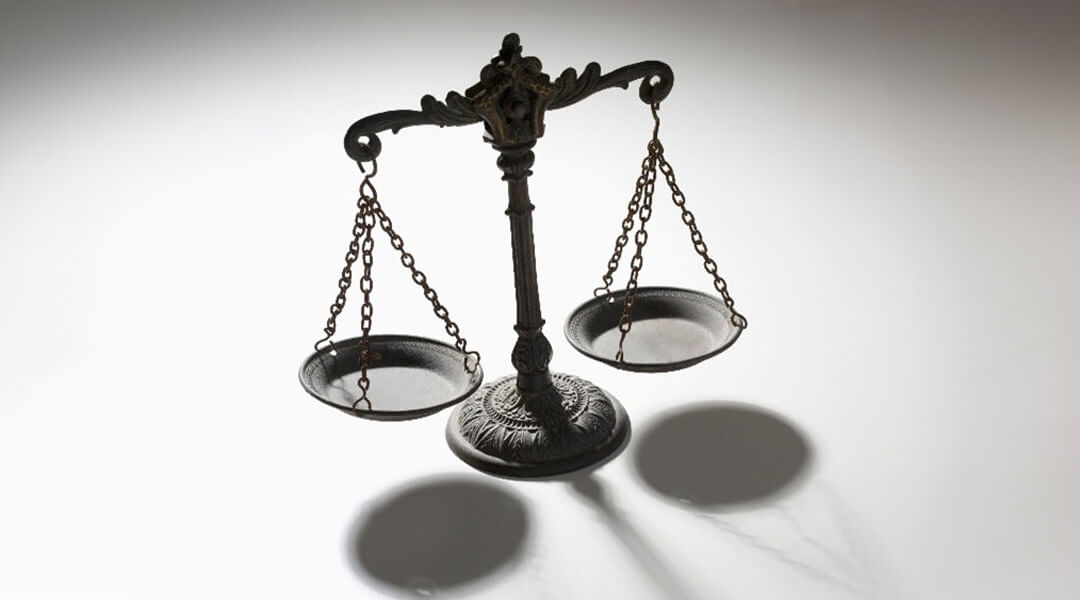Bookkeeping is more than just entering data—it’s about verifying that your data is accurate, too!
One of the key tools we use to do that? Reconciliation.
🔍 What It Is
If you’ve ever logged into your bookkeeping software and seen the word “Reconcile” and thought, “Nope!”—you’re not alone. But that’s exactly what we’re here for.
Reconciling means comparing the transactions in your accounting software to your bank or credit card statement to make sure they match. The goal is to ensure:
- Everything that should be in your books is there
- Nothing extra or incorrect is hanging around
Any transaction that’s in your software but doesn’t show up on your statement is considered uncleared—and those deserve a second look.
💡 Why It Matters
Once all of your transactions have been entered and categorized, reconciliation gives your data a reality check.
- Uncleared transactions may be duplicates or errors
- Missing items could mean something got overlooked
- Unreconciled accounts can mislead you about cash flow, overstate expenses, or inflate income
It’s a crucial step to keep your books clean and your financial reports trustworthy.
👀 What We Look For
- Uncleared transactions: Especially those that aren’t checks—these may be accidental duplicates or entries tied to the wrong account.
- Old, uncleared checks: These may need follow-up if they’re over two months old.
- Gaps in check numbers: If you’re not using your bookkeeping software to write checks, we double-check to make sure check numbers are accounted for.
✅ What You Can Do
- Follow up on outstanding checks older than 60 days—reach out to the vendor or recipient to see if it’s been lost or forgotten.
- Share your check register with your bookkeeper if you write checks outside of your software.
- Keep communication open—if something looks off, we’re here to help figure it out.
📌 Tip: A properly reconciled account is one of the best indicators that your books are in good shape. Think of it like balancing your checkbook—only now, you have a bookkeeping team backing you up.

